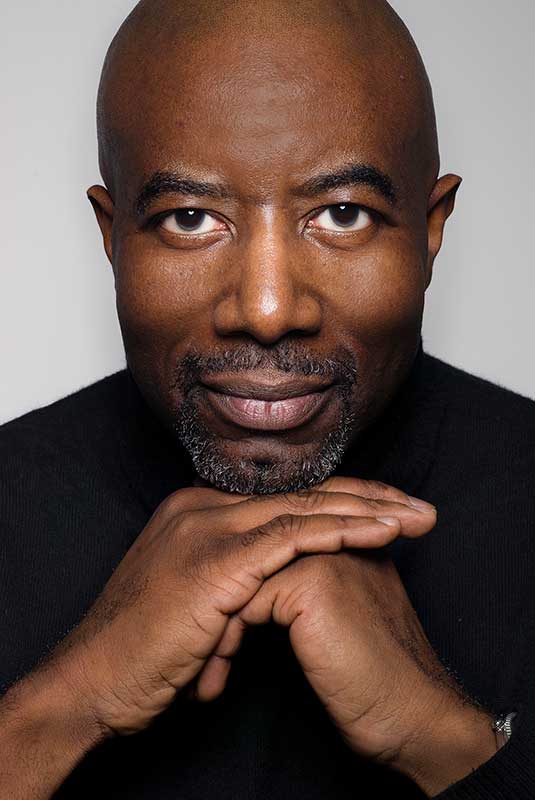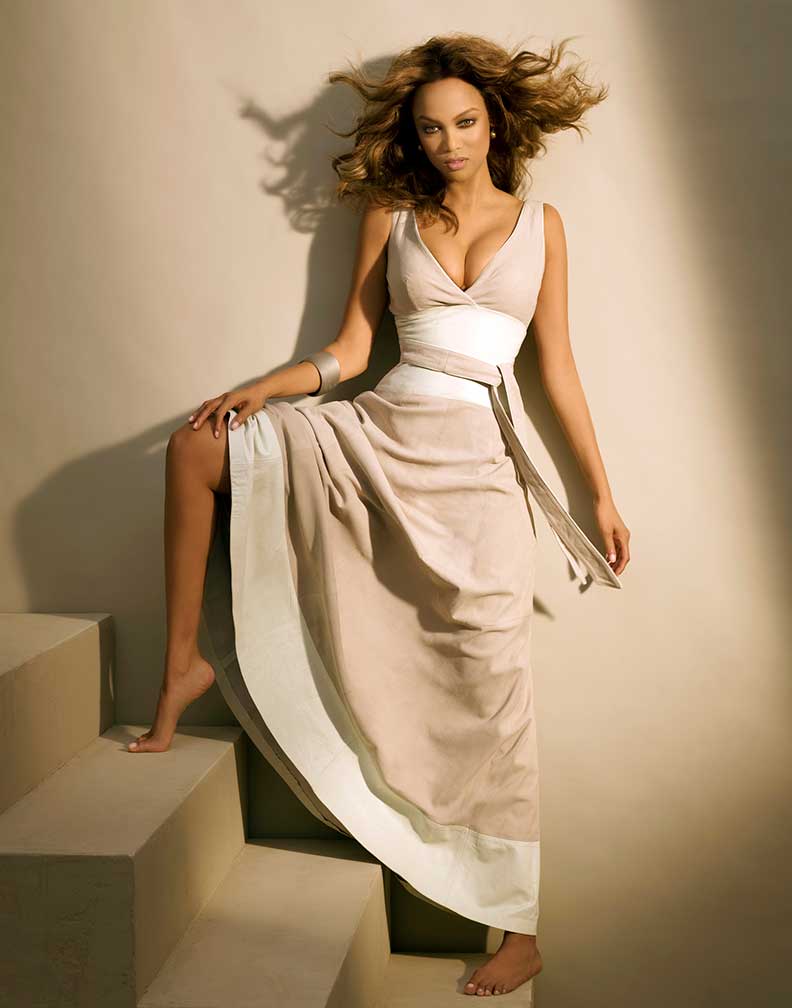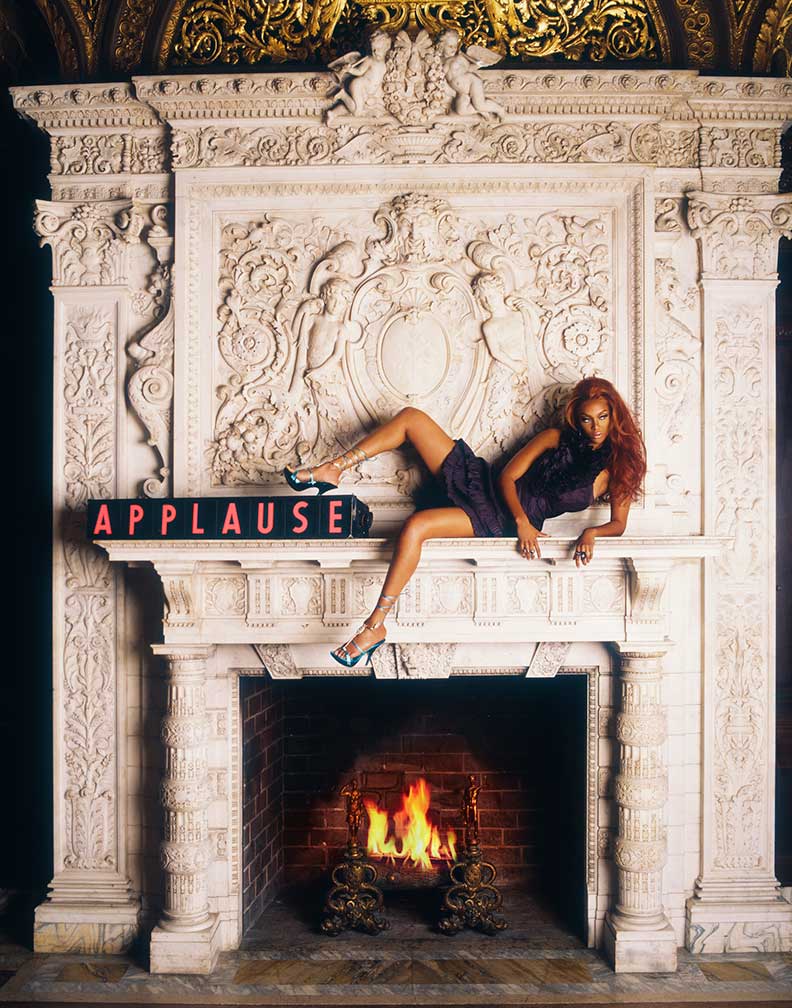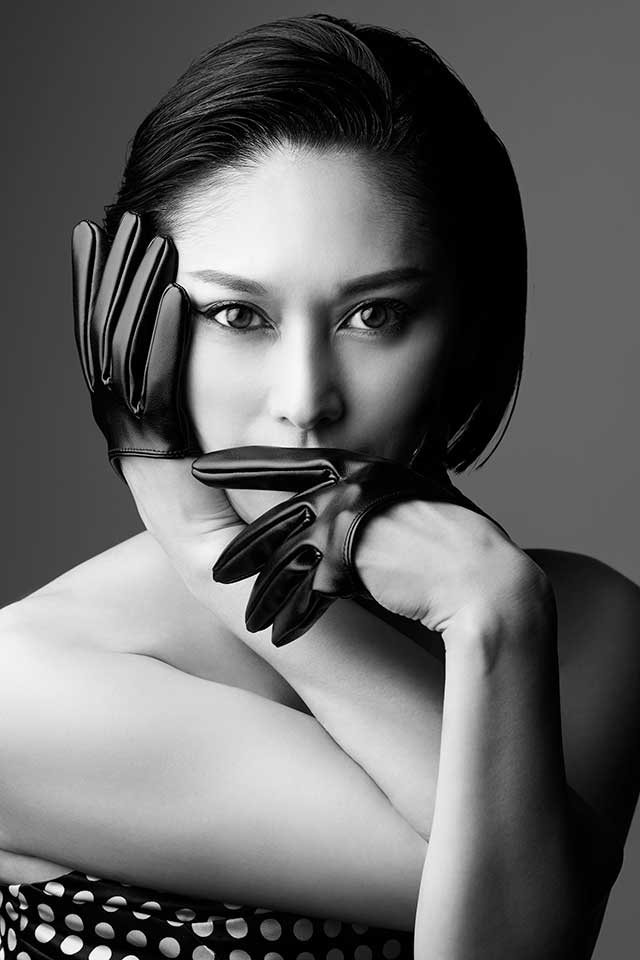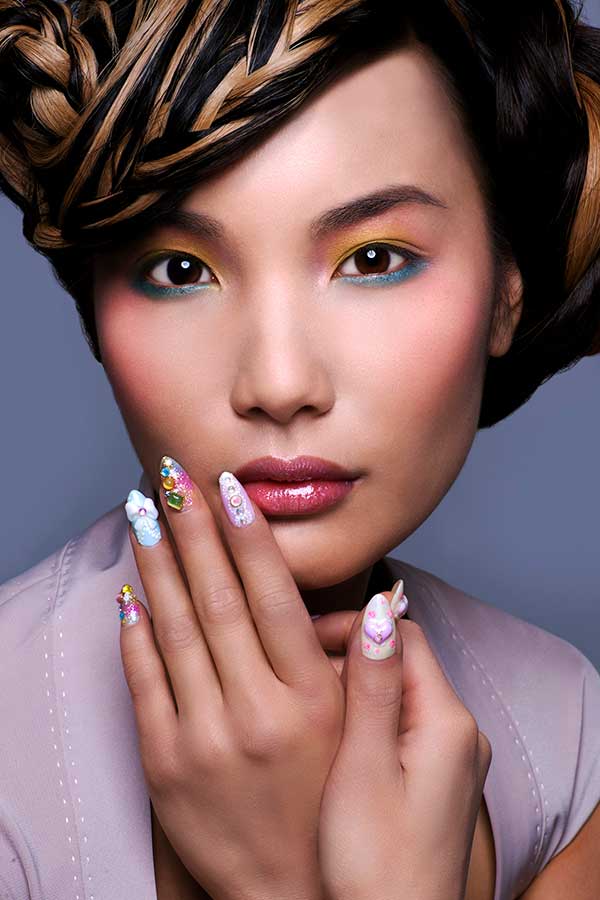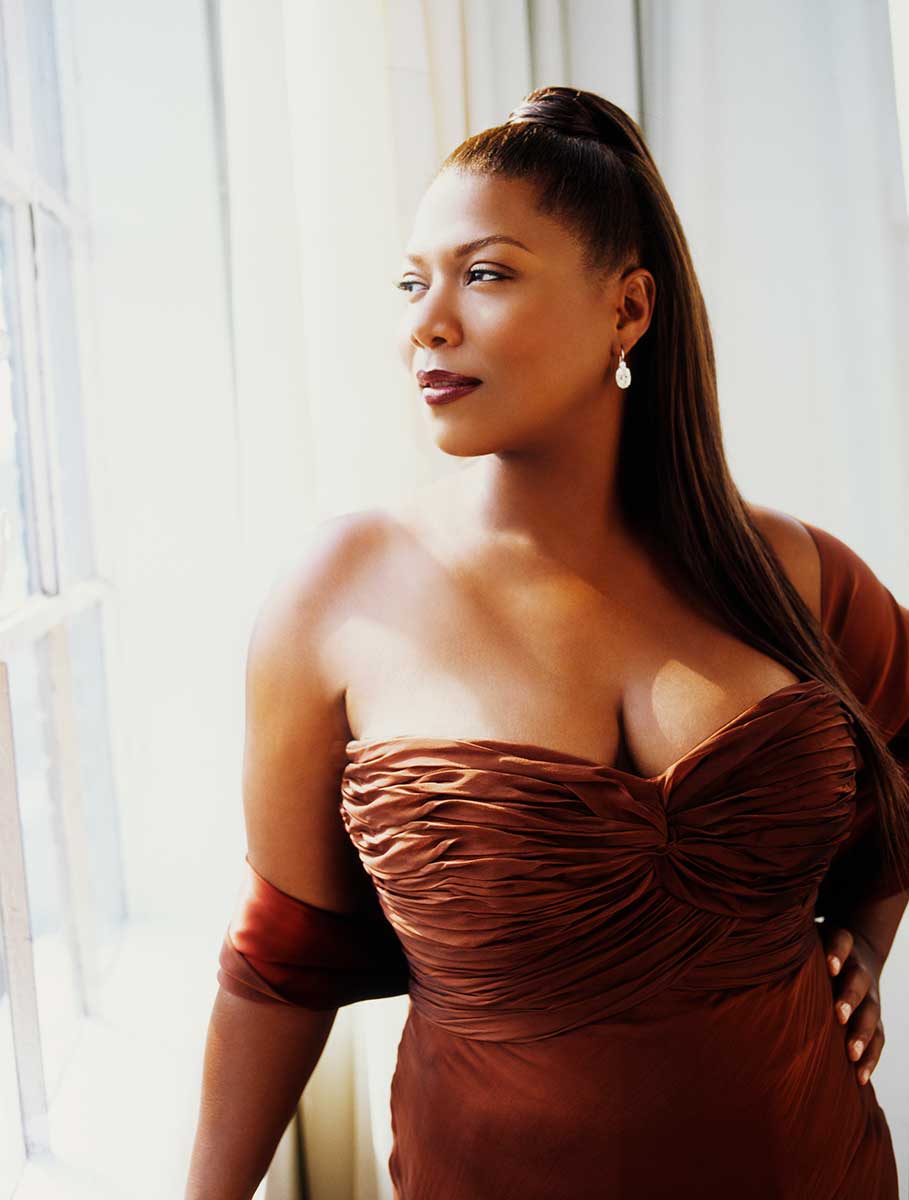An Exclusive Interview With
The Star behind the Lens
MATTHEW JORDAN SMITH
By José Jeuland
” Forget about competition and that fear that somebody is getting your job. If you are working and doing your true vision, the only real competition is you.
Do your best work and show your true self; the result will always come. I live by that. And it keeps me from thinking about the fear of competition.”
– Matthew Jordan Smith
He has photographed some of the world’s most famous celebrities, including Oprah Winfrey, Queen Latifah, Angela Bassett, and Tyra Banks. His advertising clients include Olay, Pantene, Revlon, Showtime, and HBO. He is one of the most influential beauty photographers and is loveable by celebrities.
Matthew Jordan Smith has an extensive experience of over 35 years; he published photography books and exhibited his work worldwide. He has received numerous awards, including the Vision and George Eastman Power of Image awards. He is a Nikon Ambassador and the Master Your Lens photography podcast host. It is a great pleasure to feature an exclusive interview with one of the most successful acclaimed photographers active in the field today.
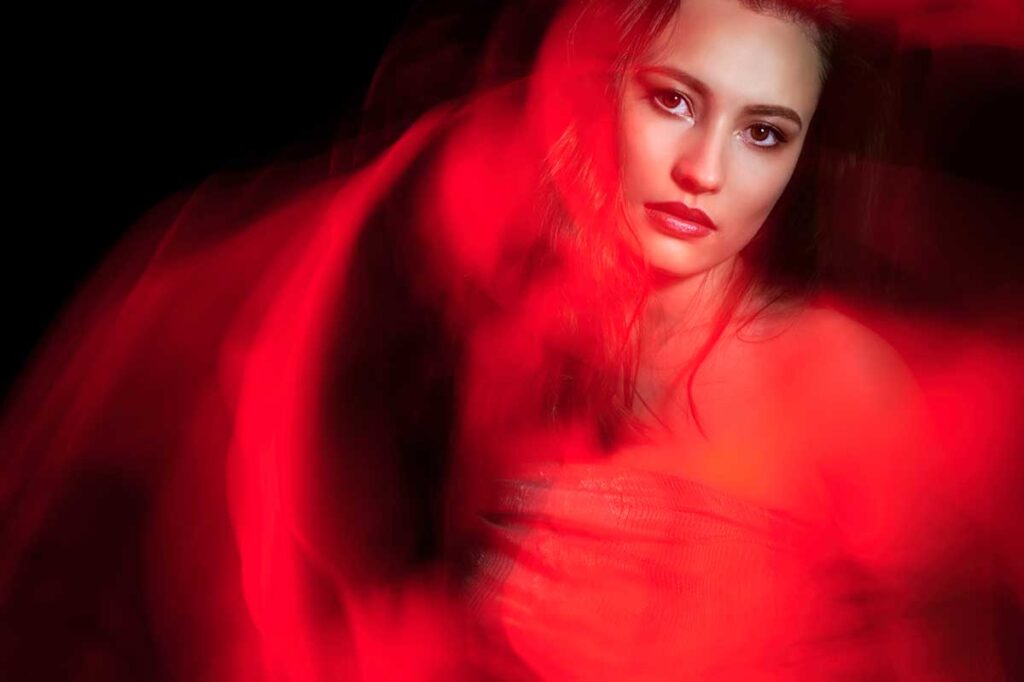
Matthew Jordan Smith © All rights reserved.
Matthew Jordan Smith is an American photographer based in Tokyo, Japan, and works between Tokyo, New York City, and Los Angeles.
Smith is one of the most popular and influential fashion and beauty photographers worldwide; he is a Nikon Ambassador known for his beauty advertisement images for L’Oreal or Pantene, Olay, Pantene, and Revlon. His expertly in celebrities’ portraits of Oprah Winfrey, Queen Latifah, Angela Bassett, Vanessa Williams, Tyra Banks, and Brittney Spears made global waves in the photography field, which led him to be awarded numerous international awards, including the Vision Award and the George Eastman Power of Image award.
Matthew focuses on personal projects, photo exhibits, and book projects in his spare time. In the past few years, he has published three books, ‘Sepia Dreams,’ ‘Lost & Found,’ and ‘Future American President.’
Many of his fabulous workshops and essential photography lessons can be found on YouTube, along with past interviews. We are incredibly excited to have an interview with one of the most influential fashion photographers in the world.
Matthew Jordan Smith © All rights reserved.
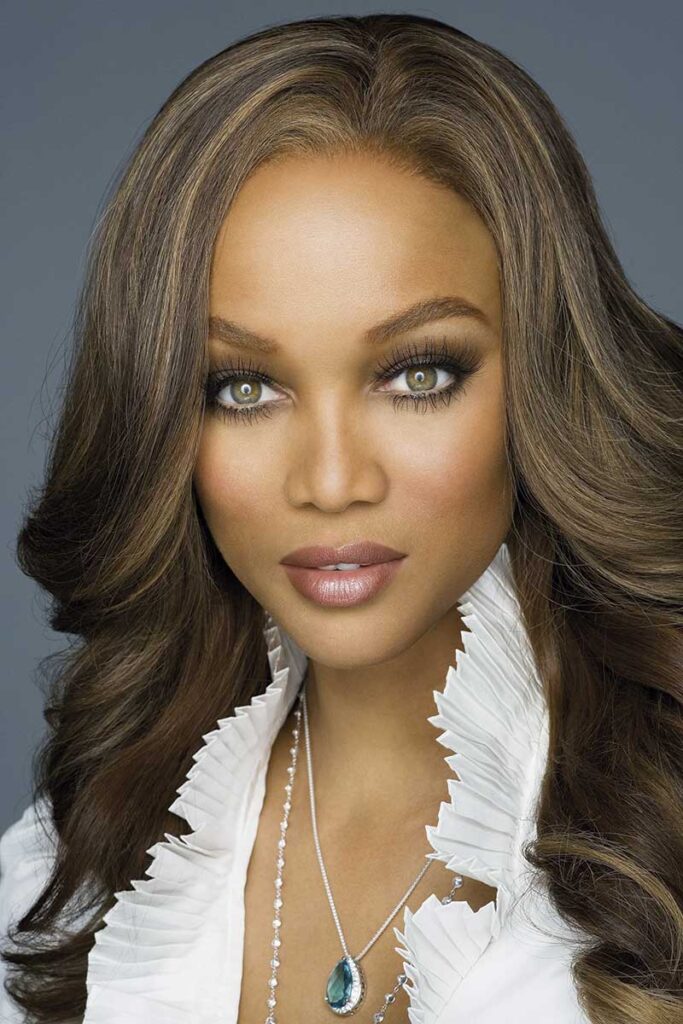
Makeup by Sam Fine, Hair by Oscar James
Matthew Jordan Smith © All rights reserved.
An Exclusive Interview With
MATTHEW JORDAN SMITH
By José Jeuland
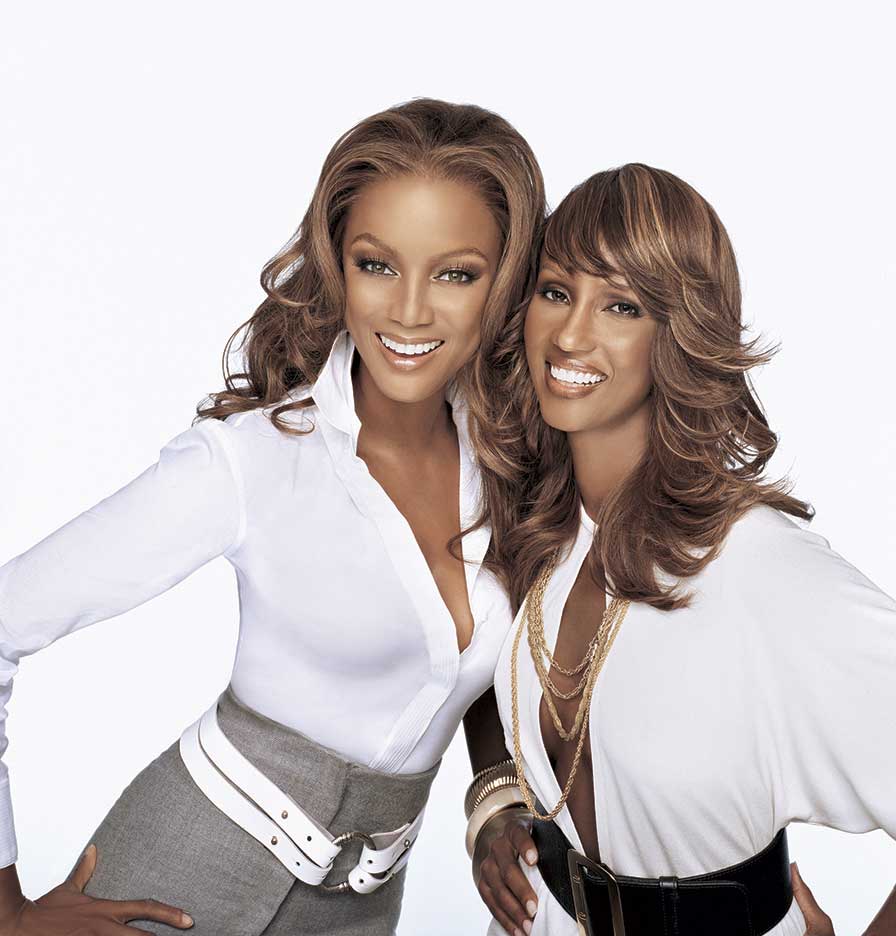
Matthew Jordan Smith © All rights reserved.
José Jeuland: Thank you, Matthew, for taking the time for this interview. We are excited to feature your fabulous work in our magazine!
Could you tell us about your background, childhood, and if you grew up in a creative environment? You originally studied Art. What made you select Art in the first place?
Matthew Jordan Smith: It’s a pleasure having this interview. I don’t come from an artistic family; however, my father loved photography, which was his hobby. I was born in New York City, in Brooklyn, and we moved from New York to the Southern region of Columbia, South Carolina. I was seven years old at the time. So that was traumatic for me. And I guess to help me get through those changes and feeling out of place, my father taught me photography and how to take pictures. We turned the bathroom into a makeshift dark room, where I processed the first pictures that I ever shot.
And I think from that point, I was hooked; it was my way of meeting people and feeling comfortable and not shy.
Photography definitely opened the world for me; it became everything. It helped me get through those rough years of being the awkward kid. And today, it still gives me the option to meet people and travel all over the world. I’m the only one involved in the art world in my family, and it’s been a blessing to me.
I grew up known as the kid who always had his camera. I remember that in high school, looking for the right path, trying to decide what to do with my life, I had a counselor talk to me and say, well, you always have your camera; you should pursue photography. And at that time, I didn’t think about it as a career but as my hobby. And it’s just what I loved doing, but I didn’t consider it a career.

Matthew Jordan Smith © All rights reserved.
I don’t think I even thought it was even possible to make a living as a photographer at that time. But I was exposed to different books by different photographers, and this one book by Gordon Parks that somebody gave me, I think that’s the first time it hit me that I could make a living as a photographer. Gordon Parks was traveling over the world, shooting celebrities. So it gave me the idea that I’d love to do that.
So I went to art school, and from there, I learned more about photography and discovered great fashion photographers like Irving Penn, Steven Meisel, and Richard Avedon and started seeing it more as a way to express myself, not just document life.
Before art school, I was just documenting what was happening around me. I didn’t see it as a way to express myself. So I learned to express myself and to find my vision and my unique point of view. I think that’s when things really started to change for me. It wasn’t overnight. It took me a while to understand that my work is meaningful and more valuable when I put my fingerprint on the work. Because I think the one thing that makes every photographer stand out is your thumbprint, putting your thumbprint on how you see it.
All that, you know, subliminal in a way. It’s really about your point of view on life, on fashion, on celebrities, or anything you take; it should have your stamp on it. And as I graduated from art school, went to New York, and started working as a photo assistant to other photographers, mostly fashion photographers, I got to travel with them, see what they were doing with their clients, and how to run the business. So I learned that way as an assistant for another four years, which was a fantastic experience. Since then, I have developed my own path and career.
José Jeuland: Why did you move to Japan, and what challenges do you find in the Japanese photography field?
Matthew Jordan Smith:
I was the guy who said I would never leave New York City. I loved NYC so much. Still, after years of constantly working up to the point where I got burnt out, I was working so much and felt I needed a break. So I went to India for a month, and during this trip, I decided to get a fresh start. So I decided to move to LA. This is a bit funny cause LA is very different than New York.
It feels like a small town whose primary focus is Hollywood and celebrities.
During my time in LA, I realized how much I miss the big city, seeing people, to use the train, and as I went on a vacation to Japan, I felt it was a very similar atmosphere to New York City. So I moved to Tokyo six years ago, and I love it. I wish I had moved here earlier. It’s the same lifestyle. It’s not 24 7 like New York because Tokyo closes at night, whereas New York is all day and night. So it’s different in that way. But Tokyo is very intense, and I need to be inspired. So it’s that same energy. It makes you feel alive.
Regarding the challenges, I think the scariest thing was leaving America and moving to an entirely different country.
In some ways, I felt like it was starting all over again, which was my fear. Would I get work?
Would anybody know me? But the great thing about shooting celebrities is that everybody knows those people, which helped me immensely. You show a photo book of celebrities, and you know everybody knows them. Then, all of a sudden, it opens doors. So my first shoot here was of a Japanese celebrity, and it was on TV.
Before COVID, many celebrities would come to Tokyo; I could shoot them when they came here. Now with COVID, people are not traveling; hopefully, it will change soon.
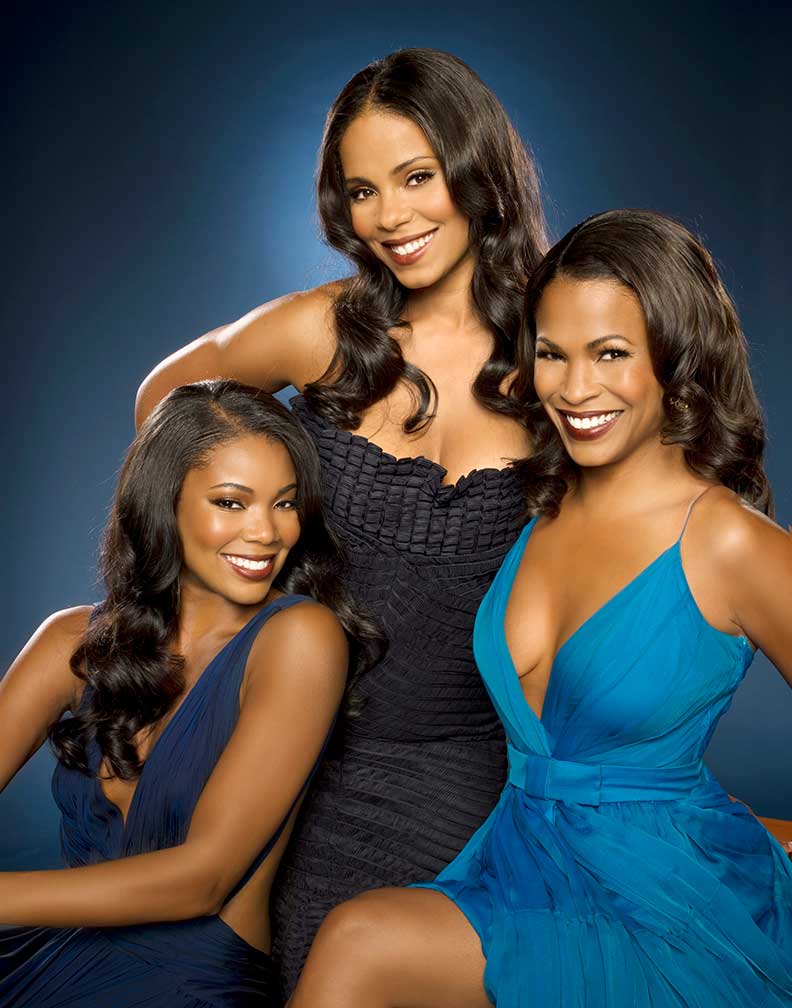
Matthew Jordan Smith © All rights reserved.
José Jeuland: What are the main changes in working here? NYC / LA vs. Tokyo?
Matthew Jordan Smith: What’s funny about Japan versus the states is that there are still a lot of printed magazines. Magazines are big here, as they were in America back in the nineties. I love it and work a lot for magazines here.
In terms of campaigns, I haven’t shot any massive campaigns here yet, but I feel it’s just around the corner. I have shot celebrities here and different exciting events, like the IOC (The International Olympic Committee), which was exciting. So I keep getting pulled into these exciting assignments. And even though it’s not in the wheelhouse of doing much fashion beauty, it’s work and keeps me busy. It’s 35 years since I started photography, and I’m still swamped.
José Jeuland: How did COVID affect your work in the past two years?
Matthew Jordan Smith: I had Photo Exhibition “FLUID” at The Kyoto Museum of Photography back in September 2021. It was a beautiful show featuring my personal work. There were, of course, some celebrities in that body of work, but it was all my artistic work, nothing commercial at all. I have always believed in the importance of shooting for yourself. That makes me feel alive and spontaneous.
Unfortunately, for the show, it was the worst timing. It was the height of COVID. Kyoto was a ghost town. Everybody was at home, nobody was going anywhere. But still, the exhibit got a lot of press. So that part was good. And I’m waiting for things to change and become a little better. I’m always shooting to tell a story.
So I’m documenting life in Tokyo. Hopefully, years from now, we won’t be living like this, with a fear of the pandemic and with masks, hand sanitizer, and problems with traveling. And it’s a critical year to document.
It was also crucial to document life in the Olympic village because it was the first Olympics during the pandemic. Usually, the athletes are in the village during the Olympics, but they can leave and visit the city easily. But during the pandemic, they had to all stay in the village; there was a lockdown, which created a fascinating dynamic visually. So it’s a very cool side and very unique.
José Jeuland: Do you have your own team here?
Matthew Jordan Smith: I’ve always liked to have my team. I don’t think you can do it by yourself. So I try to use the same hair and makeup assistance for all the shooting and all the projects. So I keep the same teams around me.
When I first moved here, I defined my team, my favorite makeup artists, and my favorite hairstylists and tried to use them all the time. Because once I find the right people, I want to stay with them all the time. They help me create the look and are part of my success.
Now in Japan, I have had the same assistance and team for the past three years. They know my style, my lighting, and how I like the hair and makeup. My assistants know how I want to shoot and what I don’t like. It feels like family after a while.
José Jeuland: You are doing many large-scale campaigns for companies like L’Oreal or Pantene, Olay, and Revlon. You have actually accomplished the dream of so many photographers. How do you feel about it?
Matthew Jordan Smith: Yes, all these commercial shooting is fun. Clients like Olay, Revlon, and HBO, are extremely fun, but advertising, as you probably know, is a beast all in itself, and I love doing that. I’ve done it for over 30 years, but on the other side, the creative side of advertising alone doesn’t feed my soul.
It is excellent and fun to shoot for L’Oreal, and I create my personal projects for my soul. Also, I like shooting celebrities for movie posters. These jobs are fun, and they lead to a lot of exposure. So the need to evolve is the driving force I enjoy, and my goals are changing during my photography journey.
José Jeuland: Do you feel it is more difficult these days to get campaigns? Do you think the field is more competitive now than before?
Matthew Jordan Smith: Definitely. There are more photographers now than at any point in history. However, I think having an identifiable look really helps set you apart. I’ve been around so long. I’ve seen things change throughout the industry. Even yesterday, I talked with photographers, and they asked me about the beginning of my career. Over then, you had to show your work in a tangible portfolio. Now you use an iPad.
I personally think it’s much better when you can tangibly show work in a portfolio. This way, you can see the printed quality, and the result is much more impressive.
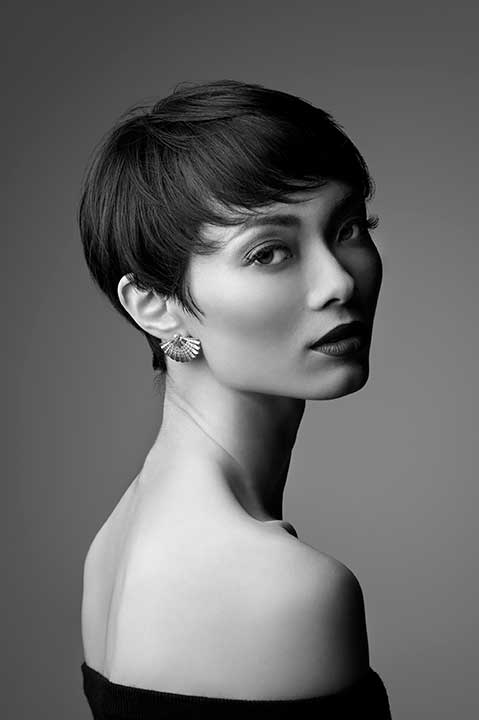
Matthew Jordan Smith © All rights reserved.
I do think the field is more competitive than before. However, it’s always been competitive, and I guess it’s like back in the nineties in New York City, it was also highly competitive. Nobody was sharing stuff; everybody had their own way of shooting. You couldn’t go on YouTube and see how everybody shoots or behind the scenes. There was no platform like Instagram and all that stuff. However, I really feel we are primarily in competition with ourselves.
You can’t think about what anybody else is doing. Who’s the hot person at the moment. That doesn’t matter. What really matters is to be true to yourself and have a fingerprint; that’s what separates you from everybody else.
So forget about competition and that fear that somebody is getting your job.
If you are working and doing your true vision, the only real competition is you. Do your best work and show your true self; the result will always come. I live by that. And it keeps me from thinking about the fear of competition.
So if you put your life experience into your work, for example, I was born in Brooklyn, I lived in New York, lived in LA. Now I live in Tokyo. I put all this journey and experience into my work. So my work has a specific look. Each person is unique. The hard part is staying true to your vision and not being pulled by all the things that we see out there. Of course, nowadays, we see more images through the media platforms, which can also be distracting.
It doesn’t matter if there are ten or ten thousand photographers out there, your work will be true to you, and your client who identifies with that work will come to you. I think that’s how you stand out. No matter how many photographers are out there or how competitive it is, you stay true to that.

Matthew Jordan Smith © All rights reserved.
José Jeuland: How did you start photographing celebrities, and how do you make them feel comfortable during the photoshoot?
Matthew Jordan Smith:
I was just doing fashion beauty at the time. Many clients approached me and said, “I love how you shoot beauty. Can you shoot the celebrity for the cover of our magazine?” And I had never shot a celebrity before in my life. That celebrity was Halle Berry. She’s my very first celebrity. So I shot her for the magazine cover; the client loved it. Then they gave me another star, Vanessa Williams. Then they asked me to shoot Oprah (Oprah Winfrey).
Wow, I was so excited. She is the biggest celebrity in America. So after Oprah, the flood door was open. For the past twenty years, I have taken portraits of many celebrities and also published a collection of the photos in a book. Actually, three books.
In my first book, there are 50 celebrities whom I photographed and interviewed. So when that came out, it affected my image, and I became a celebrity photographer.
I love doing books, which reminds me of when I got hired to photograph Aretha Franklin for her album cover; I gave her my book as a gift, and she surprised me and said, “why didn’t you call me for your book? I would love to be in it.”
That began our relationship. I shot Aretha for 13 years until she passed away in August 2018.
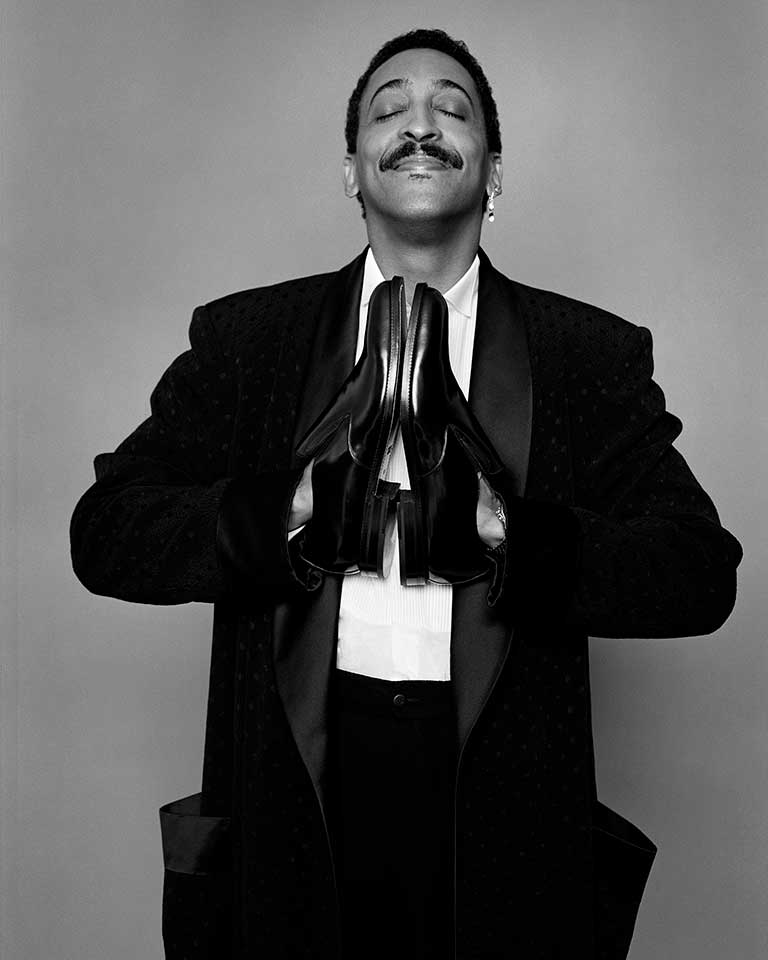
Matthew Jordan Smith © All rights reserved.
I was doing the photoshoot for everything. And we had such a close relationship that she called me in the middle of the night and asked me crazy questions. I remember she called me once when she stuck with my album’s name. “Do you like this name or this name? What do you think?” She asked for my opinion, which was in the middle of the night. When you photograph people a lot, you build this rapport and this closeness that trust goes far beyond just photography.
Aretha got mad at me when I moved to Japan. But then she saw it’s easy with the flights and we continued working together the same way. I was flying longer, and she loved that she had me coming from Japan to photograph her. She would brag about it. “Oh, he’s coming from Japan to photograph me .” And a lot of celebrities actually still like saying that same thing. “Oh, Matthew’s coming from Japan to photograph me” makes them feel more special than when I lived in the states, which is funny.
So that’s one weird thing that happened when I moved here, but Aretha, oh my God, I have so many amazing, crazy stories about Aretha. I remember one particular time from
a shoot we were doing in New York City. She had a fear of Heights. She didn’t like going above a certain floor. So I had to shoot in a studio that was either on a second floor or third floor. She just had this fear of Heights, and it was very real.
That day she was in a great mood, and she was singing. She only wanted to hear her own music. So on her shoots, I only played her music, and she’s singing along as I’m shooting her and doing beauty. So at that time, I’m very close to her. It’s very intimate, at a very close distance. And she’s singing a song that I love. And as I was shooting, I started singing along with her, where suddenly she stopped singing, and looked at me and said, “Jordan, baby, don’t sing…[laugh] just take pictures. Stick to what you do best. Don’t mess up my songs”. The whole room bust out laughing. That was a beautiful moment.
Then after a while, she was fighting cancer, and when she got well enough, she wanted to do a shoot where she was with her kids.
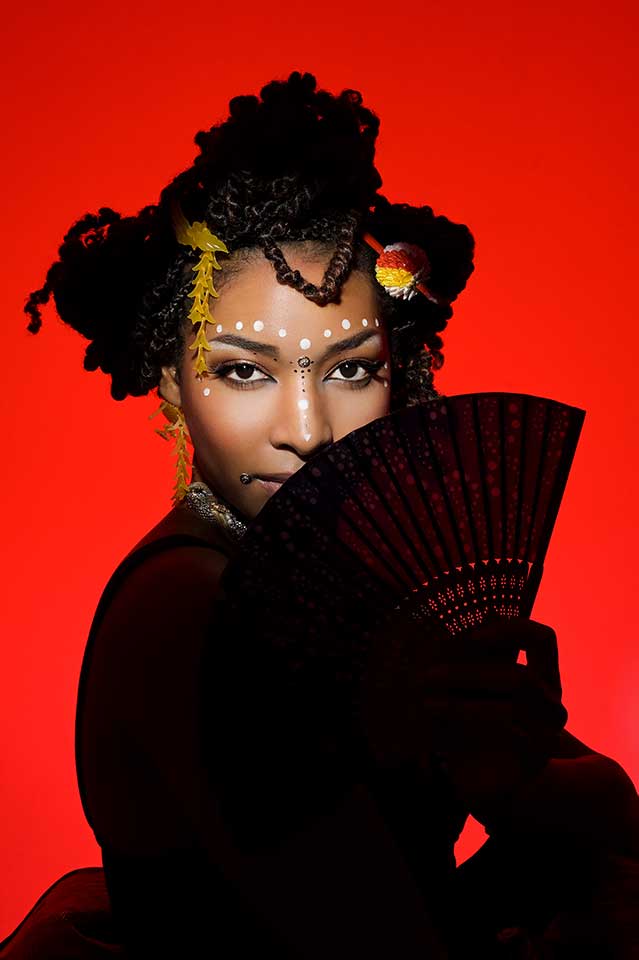
Matthew Jordan Smith © All rights reserved.
José Jeuland: Any favorite celebrity from the last months?
What will be your advice for a young photographer who wants to photograph celebrities? What’s your favorite image of a celebrity?
Matthew Jordan Smith:
That’s hard to say. There are so many that I love. There are a few that pop my mind. Zendaya is the hottest star right now, and I photographed her. I started photographing her five years ago.
So, I’m in contact with her and her family. She did a shoot for me for my second book that was published, and she also wrote the forward for my second book, which is very cool and nice of her. Another celebrity I love is Tyra Banks, who I’ve shot for 20 years.
As for my advice, I think it’s essential to communicate and show interest, even in life stuff. For example, I ask about COVID, is anybody in your family had? I’m looking for honest conversations. Cause it doesn’t matter if you’re a celebrity, famous or not.
Everybody’s affected by these life changes.
I talk about life, about travel; I would ask what your favorite place you’ve been to is? And we can find a bond through that. We talk about food, which leads to breaking these barriers, and your pictures will be much more intimate. This communication creates magic. And trust me, when it does happen, it makes the clients call in and ask for you to come back over and over and over again; everyone wants to feel the magic.
Another piece of advice is to do research. So the first thing I do is start research about the brand or the figure.
It is super important if you are a young photographer and want to get celebrity work. Do research on each person you are about to shoot. It helps. It has saved me numerous times just knowing as much as possible about them. I mean, little small stories can help you in a tricky situation.
Also, knowing your art history is essential; it will bring you ideas and creativity.
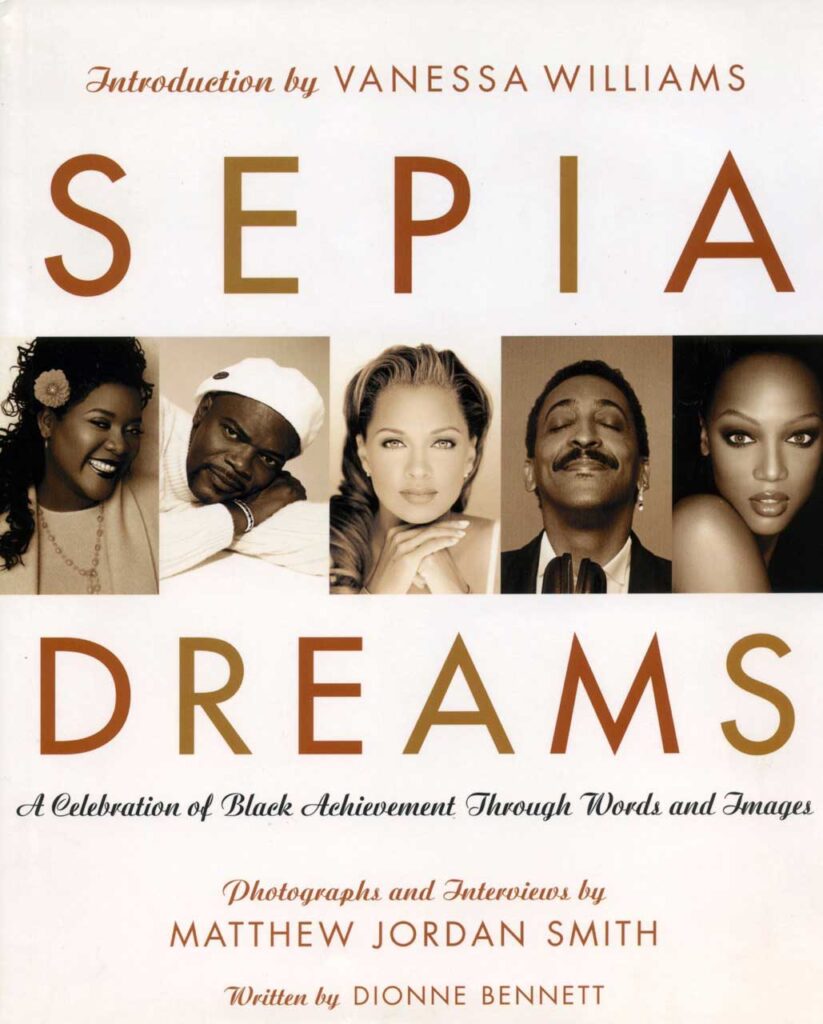
Available on Amazon
Sepia Dreams is a collection of wise words and beautiful images of fifty black celebrities from the worlds of entertainment, art, sports, and more. Speaking candidly about the motivations and qualities they believe have made and kept them successful, each celebrity interview takes the form of a lesson-one that is useful in our daily lives, one that shows us that dreams can come true
Sepia Dreams showcases Matthew Jordan Smith’s extraordinary talent, and his moving photographs stand on their own as striking works of art. Intuitive, enriching, practical, encouraging, and visually stunning, this book inspires and guides anyone who has ever had a dream to pursue it.
José Jeuland: Could you share more about the book ‘Sepia Dreams’?
What’s the idea behind it, and where does the name come from?
Matthew Jordan Smith:
The book was named Sepia because so many people from different nationalities and origins are featured together. I felt like I put all those people into one bowl and mixed them up. So that color would be Sepia. And that was my concept for the book to mix them all together and tell stories. The stories, however, were the most exciting part of it.
When I started photography as a kid, there was a book by Gordon Parks called ‘The learning tree .’ I didn’t know I could do photography as a career. I had no idea. So I wanted to do a book where I interview people and ask about their turning points. So I asked each celebrity that question, focusing on their path.
I asked them about their struggles and if they ever wanted to quit, which is part of the struggle.
Sometimes you have a hard time to the point where you feel like you want to quit. I wanted to get these stories. It’s inspiring. So it’s these interviews and the pictures together which make the ‘Sepia Dreams’. I absolutely loved that process. But in terms of time, I thought I could do that book in a year, which was such an illusion. It took me three years. So it was a complex and long process, mainly because I had to work simultaneously and couldn’t dedicate my whole time to the book.
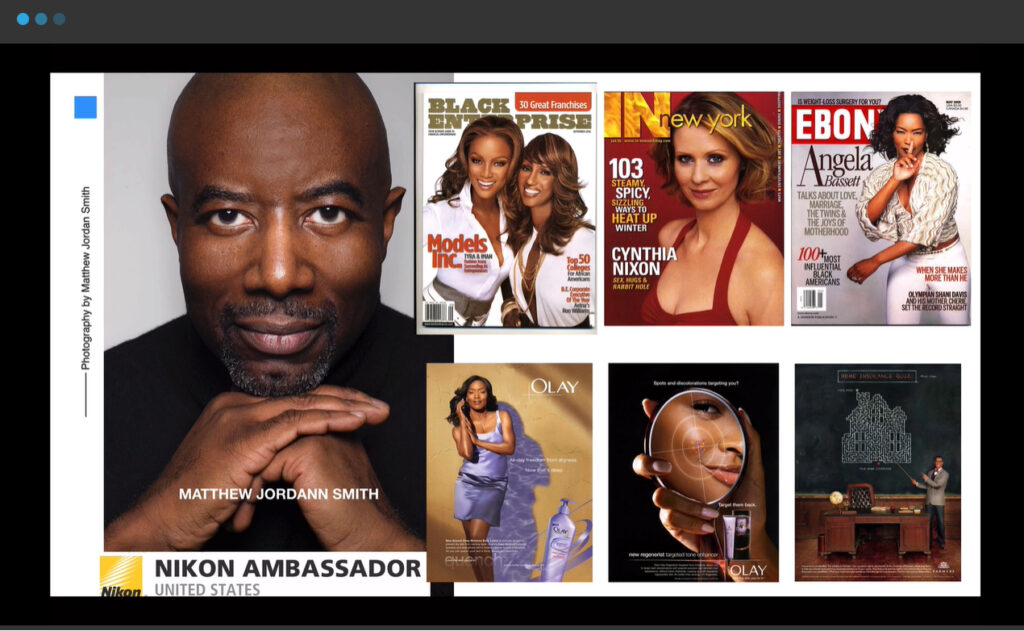
Photography Lighting Course
www.photographylightingcourse.com
Jose Jeuland: You are very known for your photography workshops.
What can you tell me about it? Do you like doing these online workshops?
Matthew Jordan Smith: Absolutely. I love doing these workshops. I’ll be doing them forever. I’m doing a weekly live session and one hour on the weekend, no matter where I am. It’s really exciting. People are signing up from all over the world with different photography backgrounds, and it’s fantastic to see everything live, the shooting and editing; it’s a complete workshop.
Website: www.MatthewJordanSmith.com
Instagram: @Matthew Jordan Smith
NYC Agent: LVA Represents

